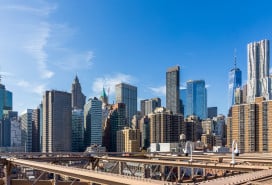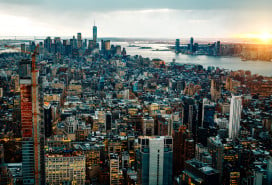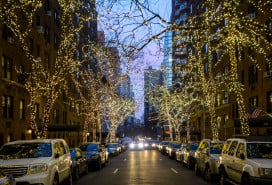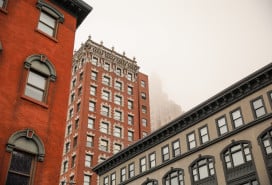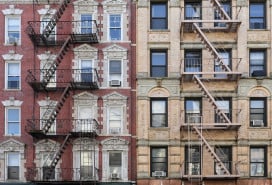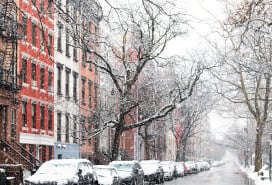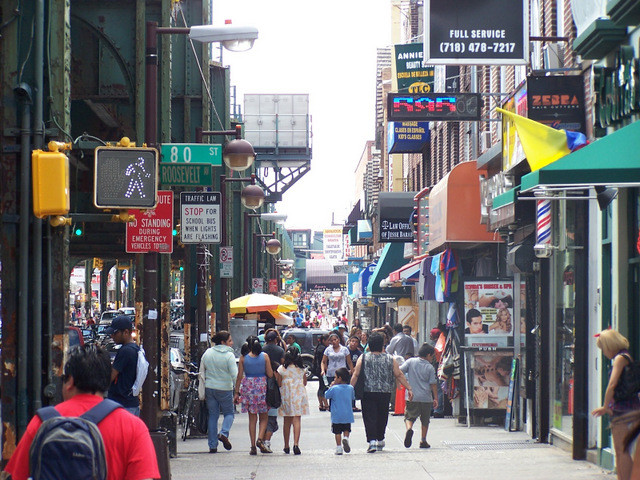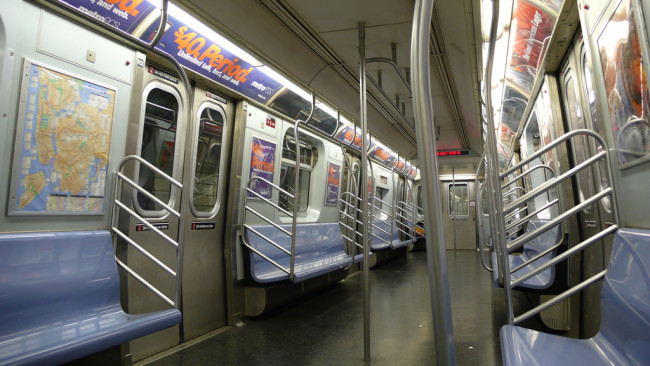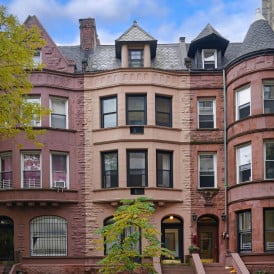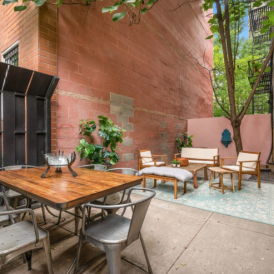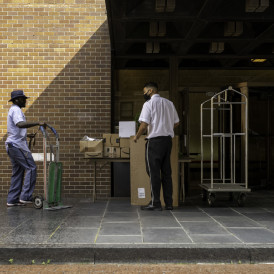Is the 7 train the new L? A report says that Queens may soon see a development boom
If you live along the 7 train line, keep an eye out for an invasion of upscale barbershops and artisanal honey stores: A report from real estate services firm Ariel Property Advisors forecasts that Queens neighborhoods may be getting the Williamsburg treatment. It says areas like Sunnyside, Woodside, and Jackson Heights could soon see development booms reminiscent of the ones along Brooklyn’s L train corridor.
According to the report, a confluence of factors will send more New Yorkers on the hunt for affordability into Queens, where the 7 train—routinely rated the city’s best subway line by the Straphangers Campaign for its speed and cleanliness—provides a quick route into midtown Manhattan. By analyzing MTA data, the report’s authors found that ridership on the 7 has already increased substantially over the past five years, a sure sign that the surrounding neighborhoods are growing. Long Island City’s population in particular has soared, thanks to a rezoning in 2001 that brought in a glut of new residential high rises. (See the Long Island City Partnership’s development map for a sense of the changes that have come to the area.)
Average rents across the borough increased slightly last month, according to an MNS market report, and Long Island City has the borough’s highest average prices for one- and two-bedrooms—$2,935 and $3,879, respectively. As LIC real estate gets pricier, tenants will push further into Queens, APA predicts, to the next neighborhoods along the 7 train corridor. Real Estate Weekly agrees, calling Long Island City a “gateway” to growing residential and commercial markets in the borough.
John Karras, an urban planner and founder of UrbanScale.com, recalls traveling to Flushing for a job back in 2008, and noticing how convenient the 7 train was. "I remember going up and down that corridor, and thinking how amazingly close it is to Midtown along that 7 train," he says. "Even several stops into Queens, you're just 15 minutes from Midtown, so it's not surprising that the area would be seeing the next waves of development and gentrification."
Other factors that could fuel new development in Queens include the 2017 opening of the Cornell Tech campus on Roosevelt Island, which is anticipated to bring in hundreds of students and faculty, as well as the planned shutdown of the L train in 2019, which could send Brooklynites fleeing in search of easier commutes to Manhattan. APA’s report lists multiple projects already underway, including a 15-story residential tower at 71-17 Roosevelt Avenue in Jackson Heights, and One Flushing, a 232-unit affordable housing development on 41st Avenue.
There’s no guarantee, though, that Brooklyn residents who live along the L line will find the neighborhoods served by the 7 a fair substitute; as the report itself notes, “The building stock outside of Long Island City doesn’t cater to artists the way East Williamsburg and Bushwick’s grittyness do, and nobody thinks about Queens as ‘hip.’” A CityLab article about the L train shutdown forecasts that nearby Brooklyn neighborhoods like Bed-Stuy and South Williamsburg, rather than Queens ones, are likelier to see increased interest from renters. And some may opt to stay put, if FiveThirtyEight’s prediction that the shutdown could cause rents to drop by $200 to $450 comes to pass.
Meg Cotner, author of Food Lover’s Guide to Queens and former contributor to blogs about Astoria, Sunnyside, and Long Island City, is dubious that the Cornell Tech campus will bring newcomers to Queens, which doesn’t provide easy access to Roosevelt Island. "It’s off the F train, so a half-mile walking transfer would have to take place between Queensboro Plaza and the nearby F train. Who really wants to do that?” she points out.
That said, Cotner does agree that development will pick up along the 7 train. Sunnyside’s population is already growing, she says, and Jackson Heights has long served as a more affordable alternative for Astorians who have been priced out. She sees other portents of change, too, including plans to bring ferry service to Astoria, as well as several new hotels that have gone up in Long Island City, which could serve as more entry points to the borough.
Karras notes the planned expansion of LaGuardia airport, a $4 billion project as another possible reason for real estate development in the area: "You're creating thousands of new jobs, and those people are going to be looking for places within a reasonable commute," he says. "These neighborhoods in Queens are so close and that infrastructure is already there."
So while it may not be L train exiles or Cornell students heading to Queens, the borough is increasingly on people’s radar, Cotner says: “The 7 train is the main artery through Queens, so it's pretty much a no-brainer that development will happen along this line for all sorts of reasons.”
You Might Also Like


